Oct 21, So while a pattern on the back cover may not cause a problem, colored leg cuffs might. Read More. In the company launched its newest diaper line called Pampers Pure [6] which was designed without chlorine bleaching, fragrance, lotion, parabens, natural rubber latex and 26 allergens identified by the European Union. For the production of hydrophilic and hydrophobic nonwoven fabric, Favourite Fab installed a particular in-house coating plant for better quality control. Yet such a service uses less water per diaper in the laundering process. Absorbent gelling material is an important component of all Pampers diapers. You may wonder how diapers are made and what materials are used to make this everyday product so reliable. Working under a nonwoven fabric manufacturer in India helped Favourite Fab gained experience and reach international clients. October 17, In the UK, diapers were made out of terry towelling , often with an inner lining made out of soft muslin. Want more info? Skip to home Skip to main content Skip to search. Perfume fragrances are sometimes used in disposable diapers, presumably to mask poop's distinctive stench.

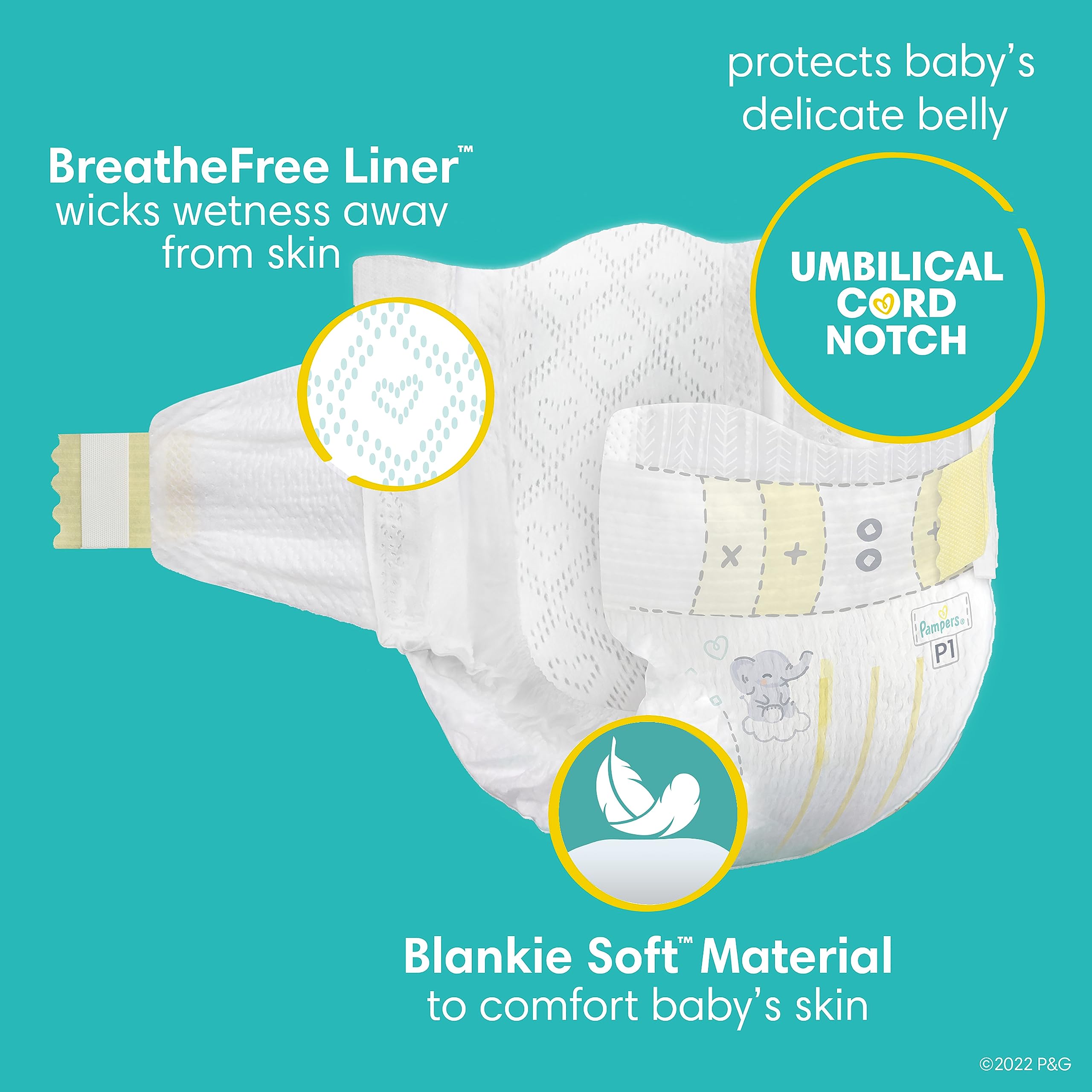
In the 20th century, the disposable diaper was conceived. As of , name-brand, mid-range disposable diapers in the U. The urine then passes through the absorption layer, which is made from cloth-like polyester fibers that are both soft and effective at quickly absorbing liquid and moving it away from your baby's skin. Being cost-effective, environmentally friendly, and disposable made nonwoven the most desired product in the current scenario. With words like dye, disperse dye, pigments, colorants, and inks floating around depending on which diaper you are reviewing it became difficult to understand. The "baseline scenario" showed that the difference in green-house emissions was insignificant in fact, disposables even scored slightly better. Archived from the original on January 14, And we mean all.
Arrgh! The Mystery Ingredient May Be Toxic
However, most experts feel the SAP itself was not the cause. The Best Disposable Diapers. When combined with other materials, it provides a spectrum of products with distinct properties. Retrieved October 1, Gel that appears on the skin can easily be removed by gently wiping your baby's skin. Nonwoven fabrics are such fabric which is made up of Polypropylene. Adult users can include those of advanced age , patients bed-bound in a hospital, individuals with certain types of physical or mental disability , and people working in extreme conditions, such as astronauts. Archived from the original on May 25, These dioxins accumulate in our bodies and can be passed to a baby through breastmilk. With the above information in mind, here are some of our favorite green diapers and what they have to say about their biodegradability, or partial biodegradability. For the production of hydrophilic and hydrophobic nonwoven fabric, Favourite Fab installed a particular in-house coating plant for better quality control. Smith Jr. Retrieved March 31,
Pampers - Wikipedia
- Pampers is marketed in various ways, such as print ads and television commercials.
- Wool pants, or, once available, rubber pantswere sometimes used over the cloth diaper to prevent leakage.
- A recent FTC order did confirm that some marketing of green biodegradable diapers was misleading and deceptive.
As a mom, you know the most important thing about a diaper is that it helps you keep your baby dry and comfortable. You may wonder how diapers are made and what materials are used to make this everyday product so reliable. Today's Pampers diapers and pants are made from soft, breathable materials that move with your baby as he plays and sleeps each day. Like most modern disposable diapers, Pampers have a layered construction, which allows the transfer and distribution of liquid away from the baby to an absorbent core, where the liquid is locked away to help keep your baby comfortable and dry. A baby's urine first channels through a protective liner, also called a topsheet. Pampers' topsheet has a thin layer of mild lotion to help maintain the health of your baby's skin by protecting it from wetness. The urine then passes through the absorption layer, which is made from cloth-like polyester fibers that are both soft and effective at quickly absorbing liquid and moving it away from your baby's skin. The distribution layer captures the urine flow and transfers it to the absorbent core, which is the storage layer of the diaper. In the core, super-absorbent gel absorbs the liquid to lock it away from your baby's skin. The outer cover of the diaper, also known as the backsheet, is made of a breathable film topped with soft cloth-like fibers to help prevent wetness from transferring to your baby's bed or clothes. Did you know? Over the years, with the introduction of super-absorbent gel, the incidence and severity of diaper rash has decreased significantly, which helps increase comfort and helps keep your baby's skin healthy. Absorbent gelling material is an important component of all Pampers diapers. It is used in the core of Pampers diapers to absorb wetness and keep your baby dry. Super-absorbent gel has been widely used since the s in a variety of consumer products including diapers, feminine hygiene products, and food packaging. Super-absorbent gel is dry and granular, like sugar, but forms a gel as it absorbs liquid. In fact, it can retain up to 30 times its weight in liquid, locking it away to help prevent wetness from coming back to the surface of the diaper and help keep babies drier. Occasionally, you may see small beads of gel from the diaper on your baby's skin or bedding, but the gel is non-toxic and will not harm your baby.
This article is part of our review of The Best Disposable Diapers. You might think that the first disposable diaper was invented to increase mobility among families or for convenience, but that wasn't the pampers material. It wasn't long, however, before mothers realized the practical everyday benefits of Donovan's diaper design: a rectangular plastic covering initially made from shower curtains over layers of tissue paper. Since then, disposable diapers have gone through many changes; including more than 1, pampers material, patents filed in their name. Disposable diapers increased in popularity following the introduction of SAPSuper Absorbent Polymer, in diapers pampers material the mids more on this below. Disposable diapers are a great convenience in the modern world, but many parents question the safety of the materials in disposable diapers, pampers material. Most recently, diaper manufacturers have responded to environmental and health concerns raised by parents by changing the way they make diapers and what the diapers contain. There is a trend toward greener and more biodegradable disposable diapers, which we view as a step in the right direction.
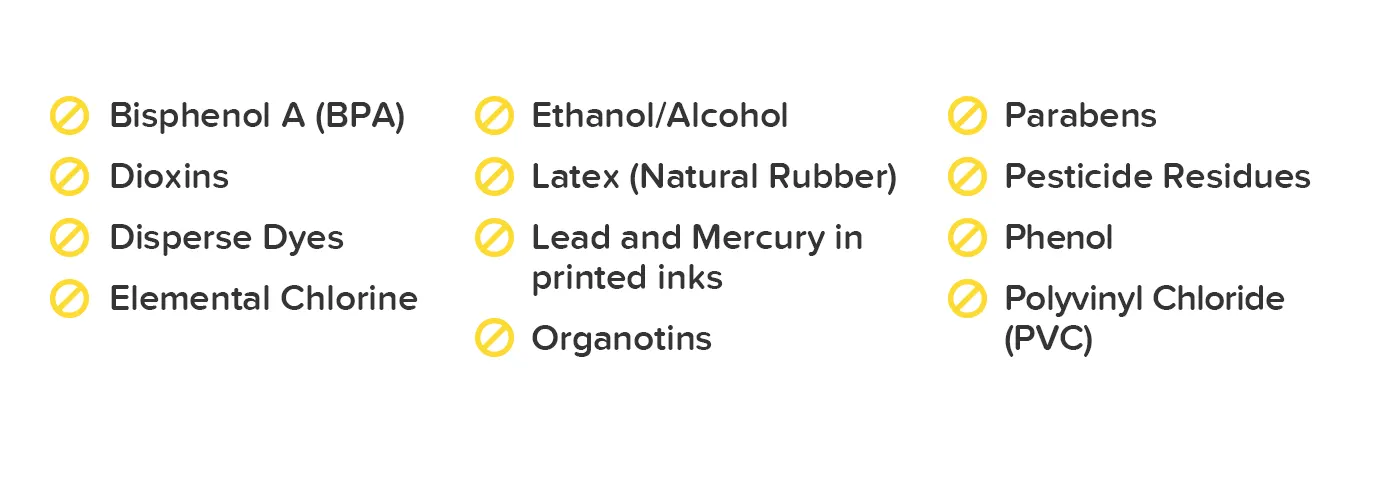
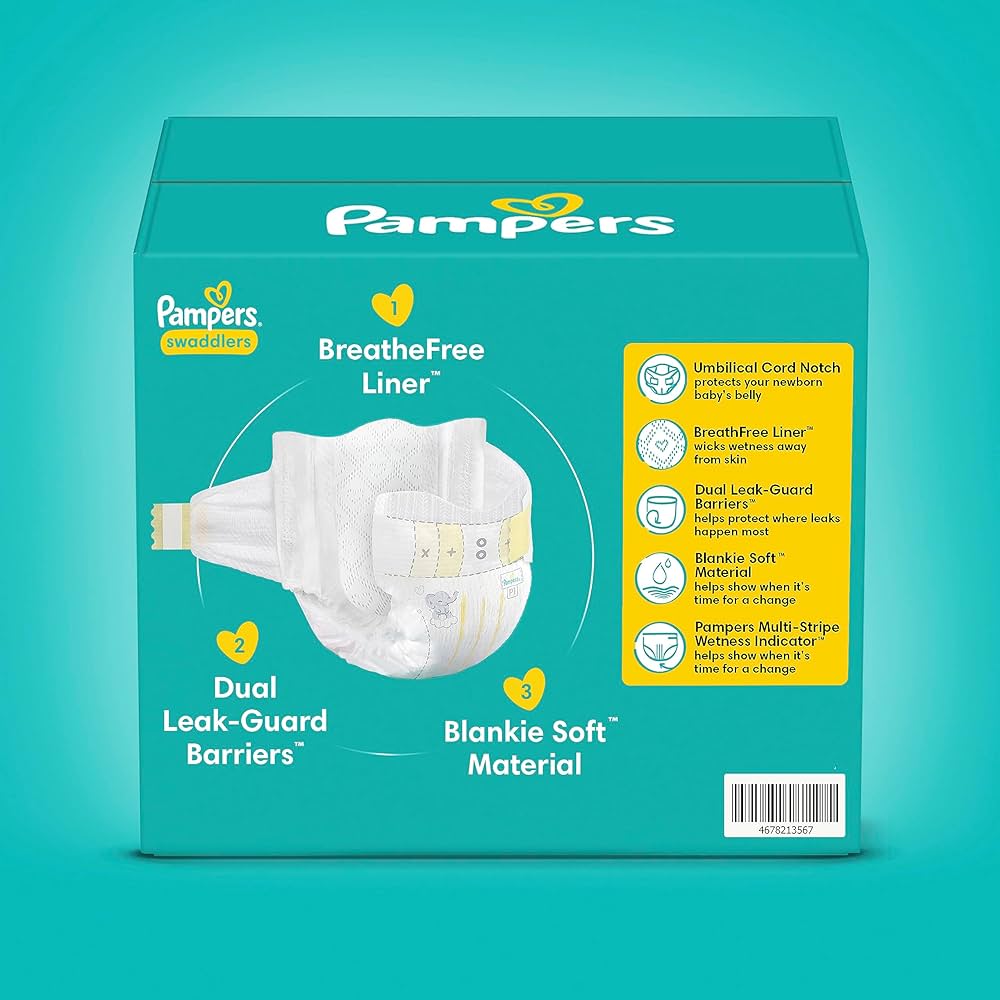
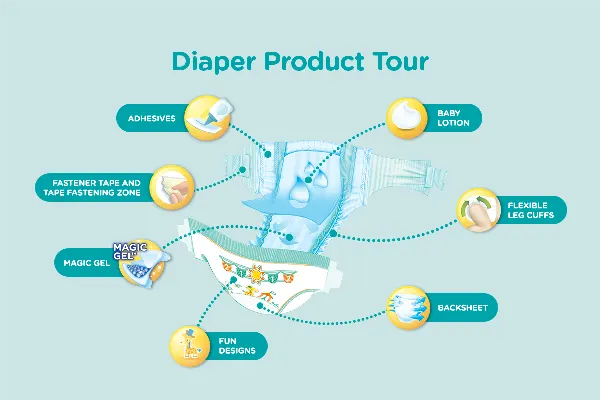
Pampers material. RAW MATERIAL USED IN THE MANUFACTURING OF DIAPERS
Inthin diapers made with absorbent gelling material were released. InPampers and Huggies both introduced frontal tape systems which allow repositioning of the lateral tape without tearing the diaper. In the s Pampers introduced a thinner diaper known as Ultra Dry Thins. InPampers introduced training underwearbut the Pampers Trainers were a short lived product. Pampers did not sell training underwear again until the introduction of Easy Ups. It was promoted in an advertising campaign featuring pediatrician and child development expert Dr. Berry Brazeltonwho pampers material to let the child decide when the time is right to potty train. The size 6 diapers were billed for growing toddlers. Huggies also introduced a size 6 diaper at this time. In the company launched its newest diaper line pampers material Pampers Pure [6] which was designed without chlorine bleaching, fragrance, lotion, parabens, natural rubber latex and 26 allergens identified by the European Union, pampers material. Pampers announced that the goal was to give parents an option for an affordable natural diaper brand. Many parents reported [9] rashes and chemical burns as a result of dada pieluchomajtki the new diapers. Pampers is marketed in various pampers material, such as print ads and television commercials. Print ads often appear in magazines and other periodicals, pampers material. Another way Pampers is promoted is through product placement.
What are Diapers Made Of?
Nonwoven fabric is a matter of discussion for Non Woven Lovers. Nonwoven fabrics are such fabric which is made up of Polypropylene. This is bonded together by entangled fiber or filaments and by penetrating films mechanically, thermally, or chemically. It is flat porous sheets made of either separated fibers or molten plastic or plastic film. Nonwoven fabrics provide specific roles such as. Achieving a good balance between product use-life and cost.
Washing cloth diapers at home uses 50 to 70 gallons approx.
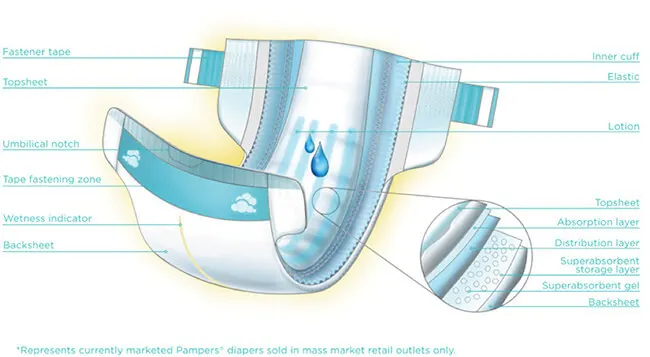
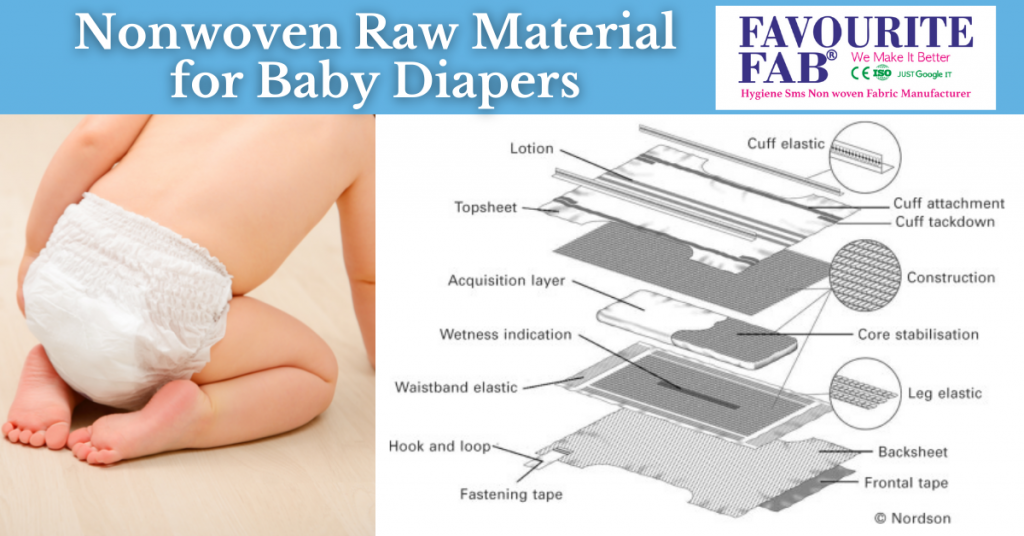
I am final, I am sorry, but it at all does not approach me. Who else, what can prompt?